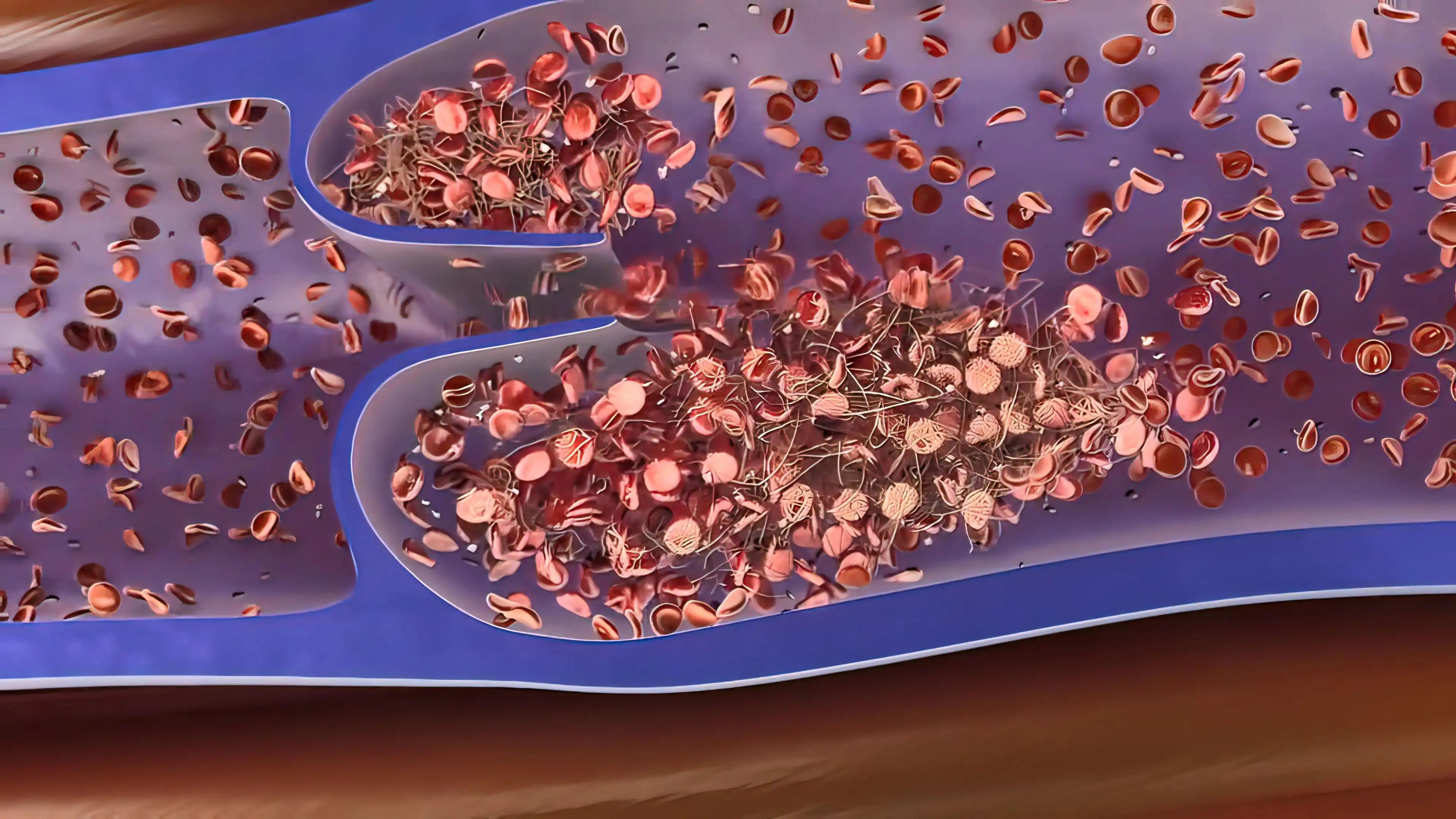KEY TAKEAWAYS
- The randomized, placebo-controlled, phase 3 QUAZAR AML-001 trial assessed the efficacy of Oral-AZA in prolonging overall survival in AML patients ineligible for stem cell transplant.
- The primary aim was to compare the overall survival of patients receiving Oral-AZA versus those receiving a placebo.
- The trial outcome showed a significant increase in overall survival in patients receiving Oral-AZA compared to placebo, with a median follow-up of 51.7 months.
- Long-term survivors were more likely to have intermediate-risk cytogenetics, NPM1 mutation at AML diagnosis, and be MRD negative at baseline.
- The trial findings suggest that intermediate-risk cytogenetics, NPM1 mutations, and MRD negativity post-IC may be associated with long-term survival in AML patients receiving Oral-AZA.
Overall survival (OS) was significantly longer in the Oral-AZA (CC-486) arm of the randomized, placebo (PBO)-controlled, phase 3 QUAZAR AML-001 trial in patients (pts) with AML in remission after intensive chemotherapy (IC) and ineligible for stem cell transplant: 24.7 months vs. 14.8 months (mo), respectively (p< 0.001) (Wei, 2020). The Oral-AZA and PBO Kaplan-Meier (KM) OS curves converged at a later time point, roughly 48 months later. Among the initial 472 patients, 125 (26.5% of the total) were either actively receiving Oral-AZA (n = 45) or PBO (n = 26) or were still alive in survival follow-up (n = 28). After more than a year of additional follow-up, we evaluated longer-term OS for pts in QUAZAR AML-001.
Patients who met the inclusion criteria (age 55, newly diagnosed AML, intermediate/poor-risk cytogenetics at AML Dx, ECOG PS≤ 3) were randomly assigned (1:1) to receive either Oral-AZA 300 mg or PBO QD for 14 days/28-day Tx cycle within 4 months after CR/CRi. After the unblinding of the trial in July 2019, patients receiving oral AZA could continue treatment in an extension phase if they were still benefiting from it, while those receiving placebo had their treatment stopped and were monitored for overall survival. From the time of randomization until death, withdrawal of consent, or loss to follow-up, KM estimated OS was determined (log-rank test). Patients who were alive (on-Tx and/or in survival follow-up) for ≥3 years after randomization (Long-term [LT] Survivors) were compared with those who died or were censored 3 years after randomization using baseline (BL) demographic and disease characteristics. At trial unblinding, 39 (or 16%) patients in the Oral-AZA arm continued into the extension phase out of a total of 472 patients randomly assigned to Oral-AZA (n = 238) or PBO (n = 234). Among all patients, 31.4% were given Oral-AZA, and 15.5% were given PBO for longer than 24 months. On the other hand, 165 patients (69%) had passed away by the time of the September 2020 follow-up, 19 patients (8%) had withdrawn consent or been lost to follow-up, and 54 (23%) were alive in survival follow-up, with 31 (13%) still receiving Oral-AZA in the extension phase.
In the PBO group, 23 participants withdrew their consent or were lost to follow-up, while 176 patients died. After a median follow-up of 51.7 months, the median OS was not different between the two groups (24.75 months for Oral-AZA and 14.85 months for PBO, p = 0.0008). With longer-term follow-up, however, the KM OS curves diverged more sharply: the 3-year estimated survival rates for the Oral-AZA and PBO arms were 37.4% and 27.9%, respectively (Δ+9.5% [95% CI 0.9%, 18.1%]). The LT Survivors cohort included 140 patients (29.7%), 83 in the Oral-AZA arm and 57 in the PBO arm. Intermediate-risk cytogenetics (95% vs. 82%) and NPM1 mutation (45% vs. 22.5%) at AML Dx were more common in LT Survivors than in patients who died or were censored before 3 years, while fewer LT Survivors were MRD+ at BL (33% vs. 52%). Among LT survivors who had post-IC MRD at BL, 71% (34/48) achieved MRD negativity, while 15% (26/172) of the 3-year cohort did so during the study (p<0.0001). Long-term follow-up analysis demonstrated a greater separation between the Oral-AZA and PBO KM OS curves at later time points than the primary analysis, suggesting a sustained, long-term OS benefit with Oral-AZA. Long-term survival in QUAZAR AML-001 was associated with intermediate-risk cytogenetics and NPM1 mutations at AML diagnosis and without detectable MRD following IC.
Source:https://onlinelibrary.wiley.com/doi/10.1111/bjh.18134
Clinical Trial:https://clinicaltrials.gov/ct2/show/NCT04965493
Wei A, Döhner H, Sayar H, Ravandi F, Montesinos P, Dombret H, Selleslag D, Porkka K, Jang J, Skikne B, Beach C, Tian Y, Chevassut T & Roboz G. Oral Azacitidine (Oral-AZA) in Patients with Acute Myeloid Leukaemia (AML) in First Remission after Intensive Chemotherapy (IC): Long-Term Overall Survival (OS) Results from the Phase 3 QUAZAR AML-001 Trial. doi.org/10.1111/bjh.18134.



